By Kevin M. Hymel
Lieutenant General Omar Bradley had reason to be pleased by the last week of July 1944. His First Army had scratched out a substantial foothold on the Normandy coast, capturing three times more French territory than his British allies. He had cut off the Cherbourg peninsula to the west and pushed his army south. His carpet bombing of the German Army south of St. Lo, Operation Cobra, helped crack the enemy line. But his four corps, composed mostly of infantry, were still only inching forward. It had taken him almost two months to advance approximately 80 square miles. He needed to win the war faster than this.
“I’ll take him into battle on a litter if we have to,”
To Bradley, the key to victory was capturing ports. With most of the Allied supplies coming across the beaches of Normandy, and only a trickle coming from the destroyed port at Cherbourg, he knew if he could push his army south, he could pivot to the west into Brittany and gain access to the ports of St. Malo, Brest, and Lorient. And the key to Brittany was the mountaintop town of Avranches, with the See River crossing north of the town and the Selune River crossing south. If the Cherbourg Peninsula was the forearm of a raised left arm, the Brittany Peninsula would be the bicep and Avranches would be the inner crook of the elbow, a vital town indeed.
Bradley’s First Army was becoming unmanageably large. So far in the war, American armies had usually consisted of two or three corps; the First Army now consisted of four. From east to west were the V Corps under Leonard Gerow, XIX Corps under Charles Corlett, VII Corps under Joe Collins, and the VIII Corps under Troy Middleton. Both the V and VII Corps had fought their way up from the Normandy beaches. The XIX and VIII were committed to the fight on July 3, but only managed to advance five to seven miles south in 17 days of fighting.
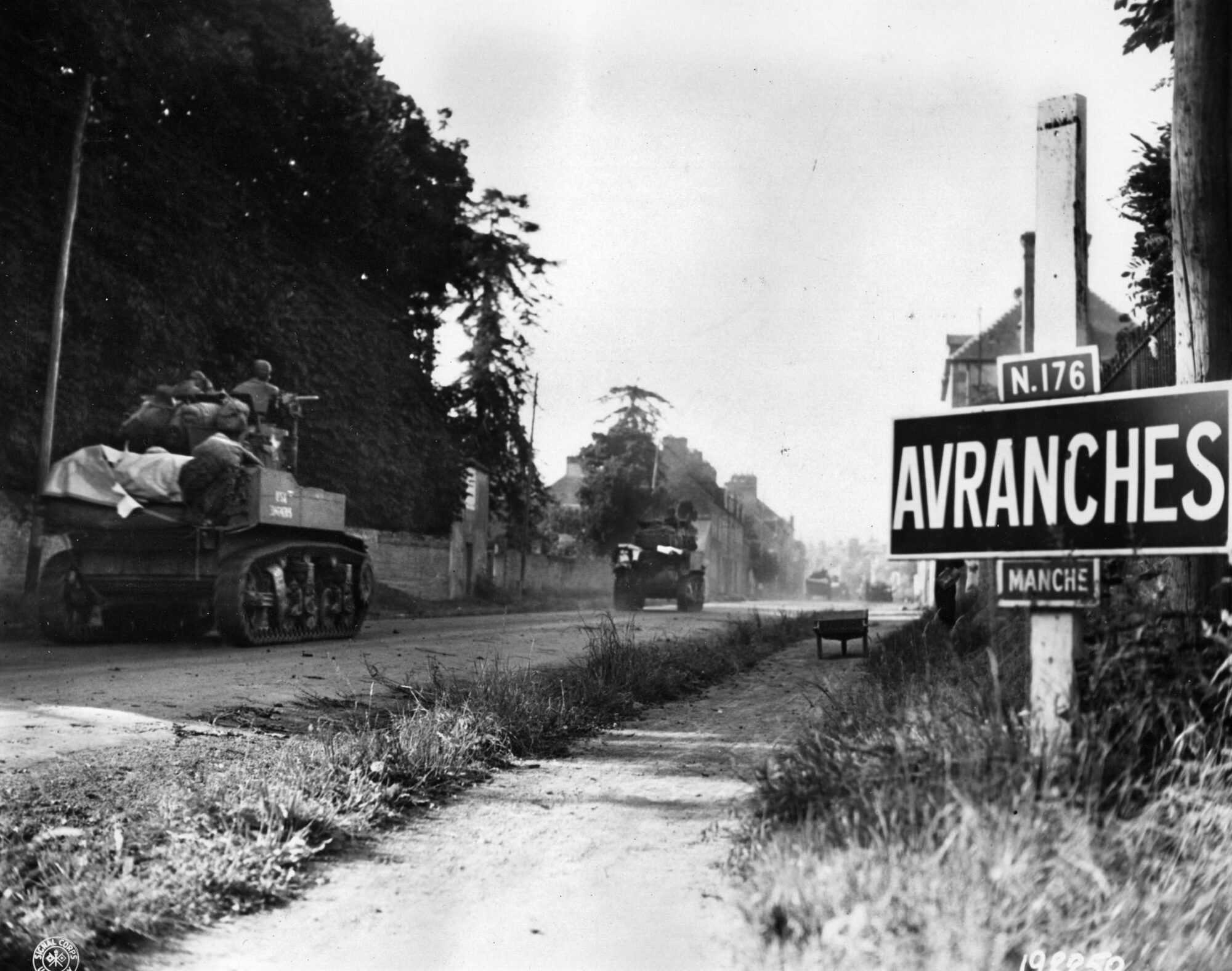
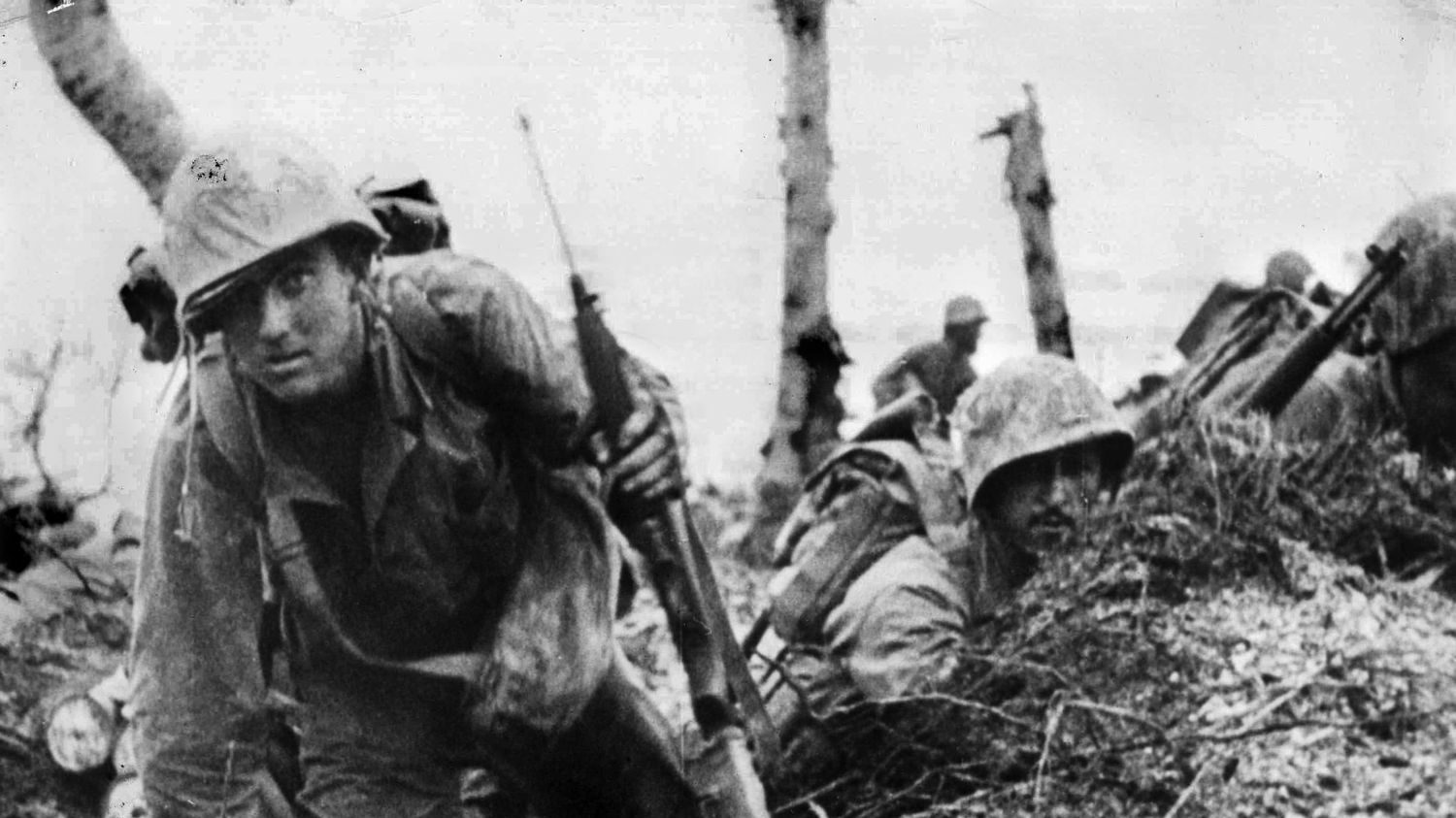
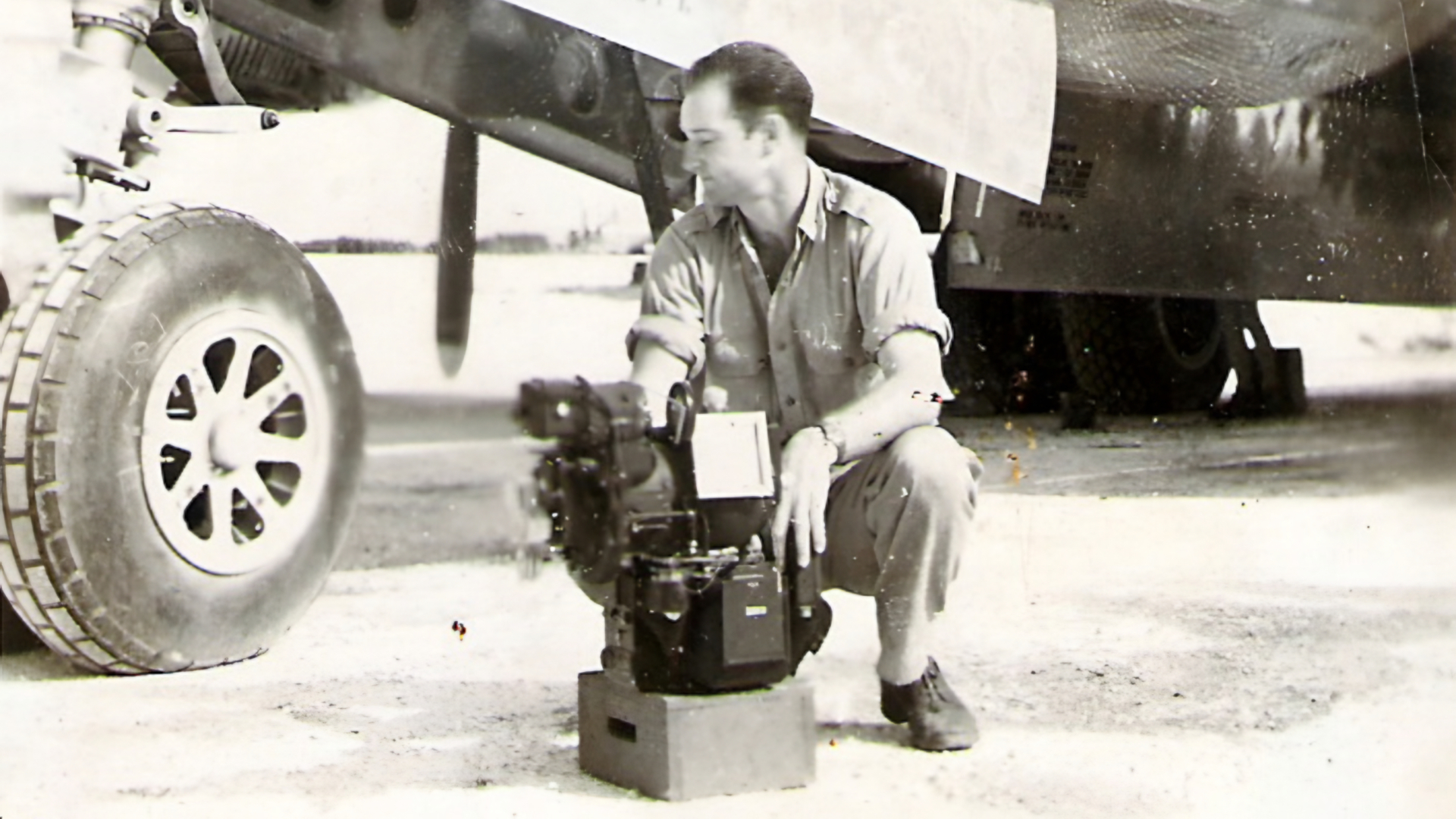
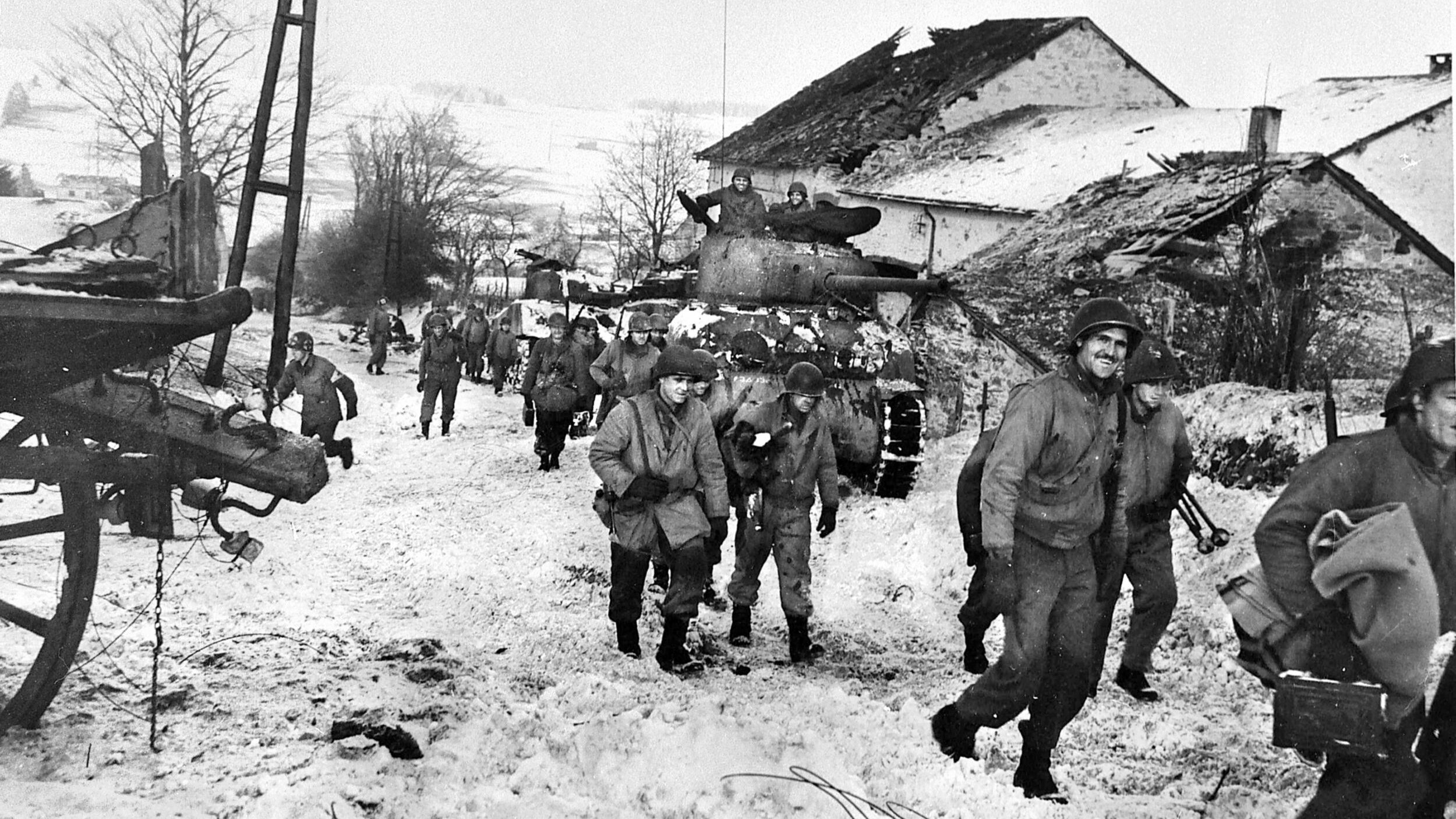
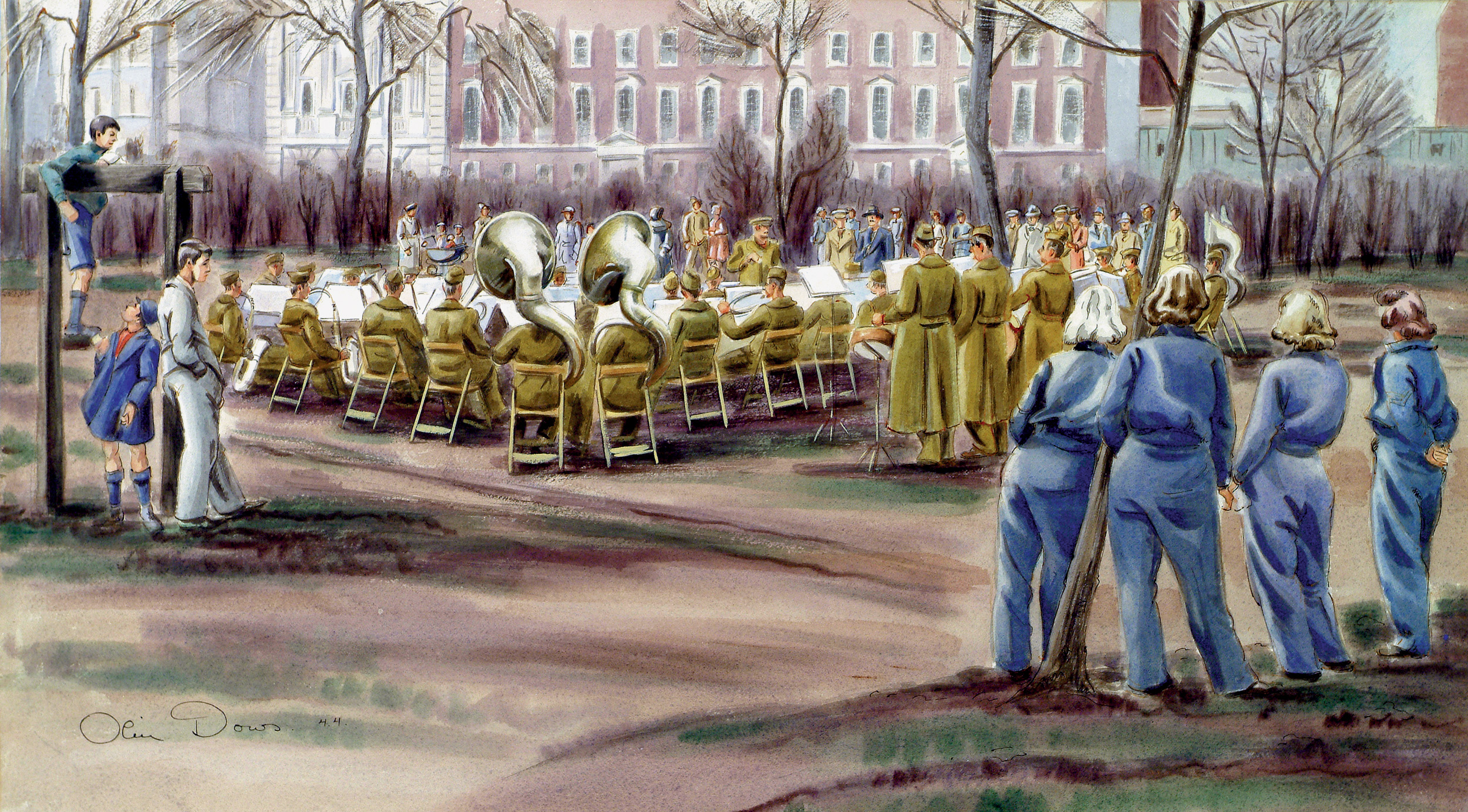
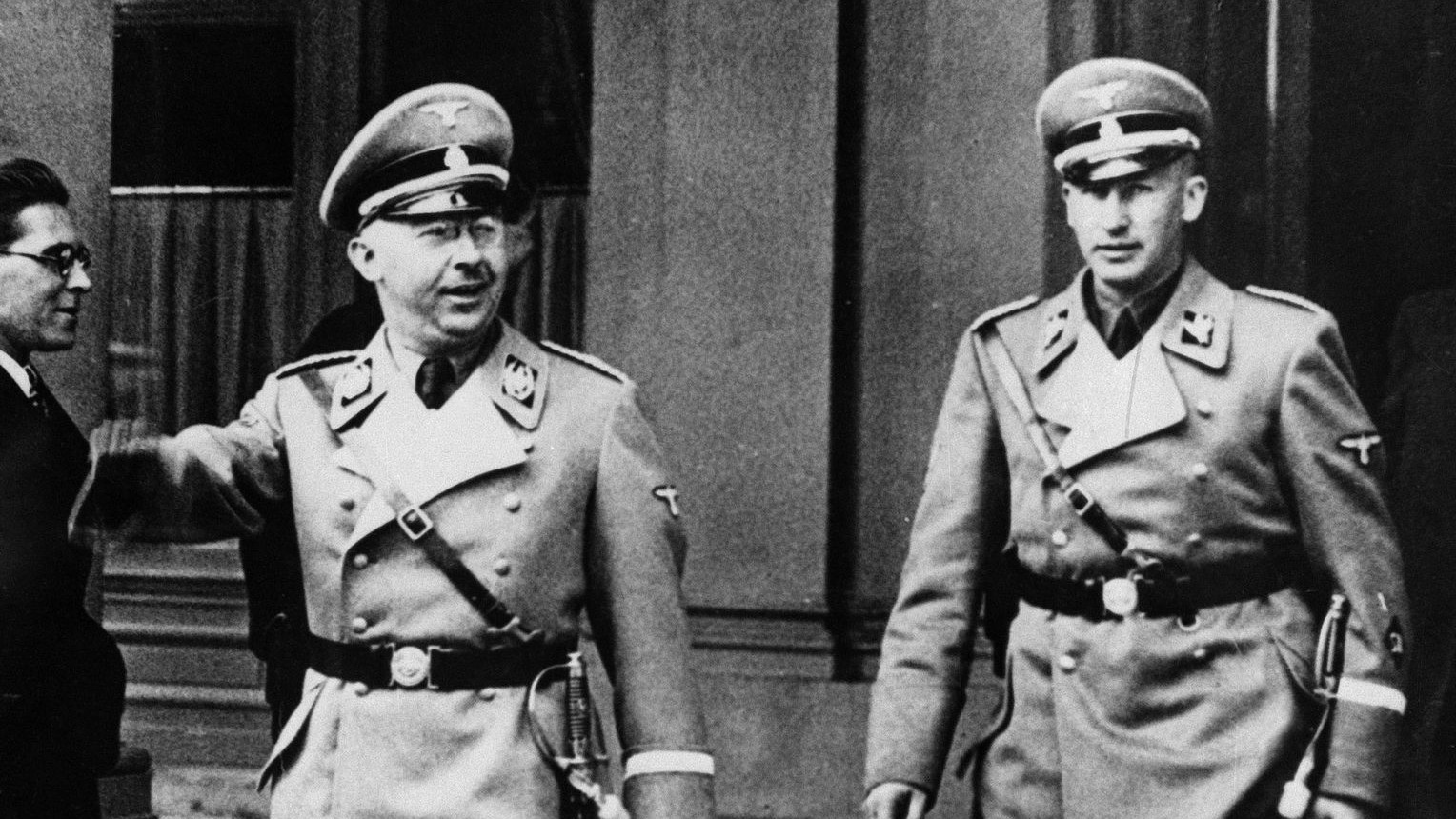
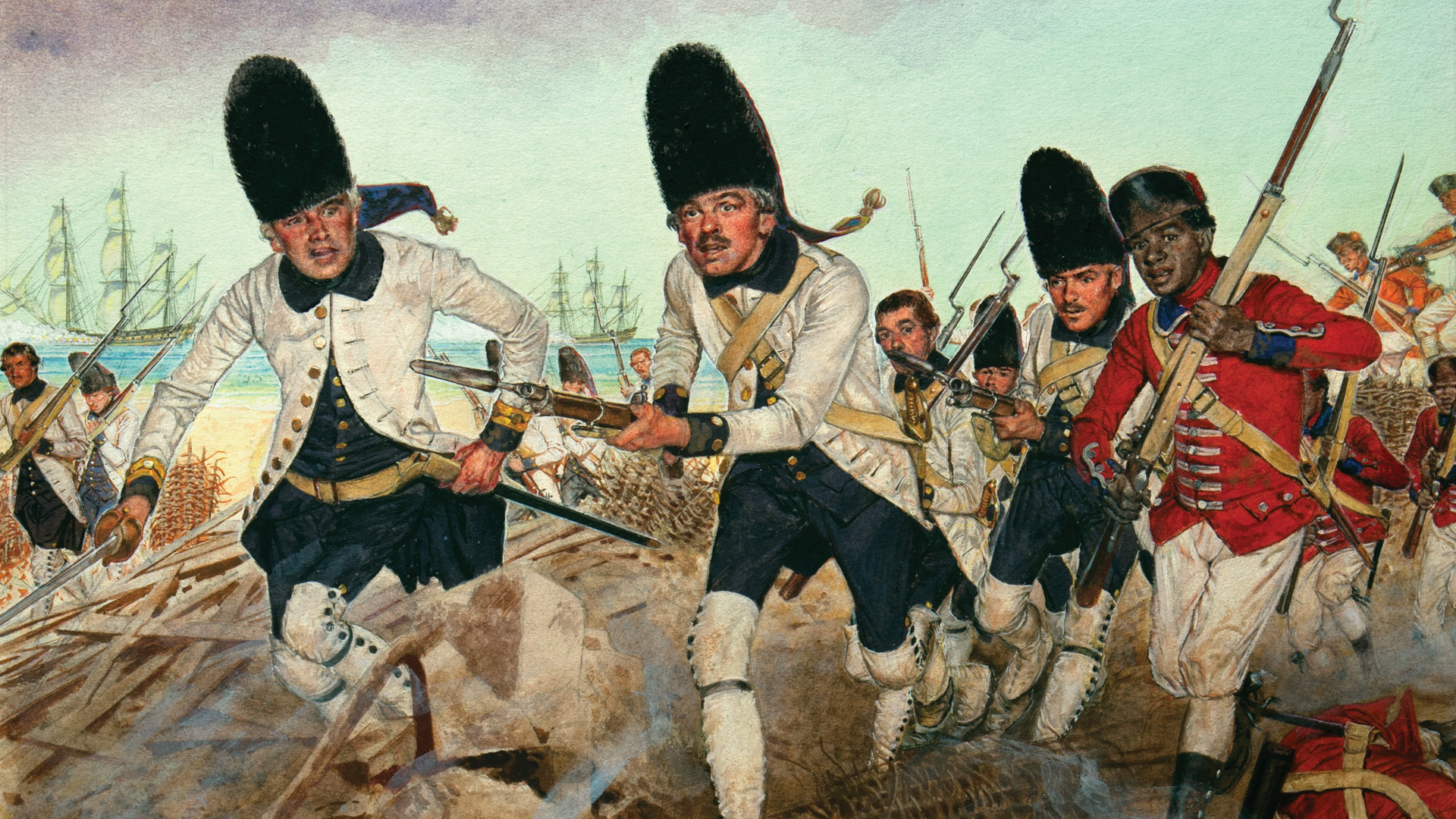
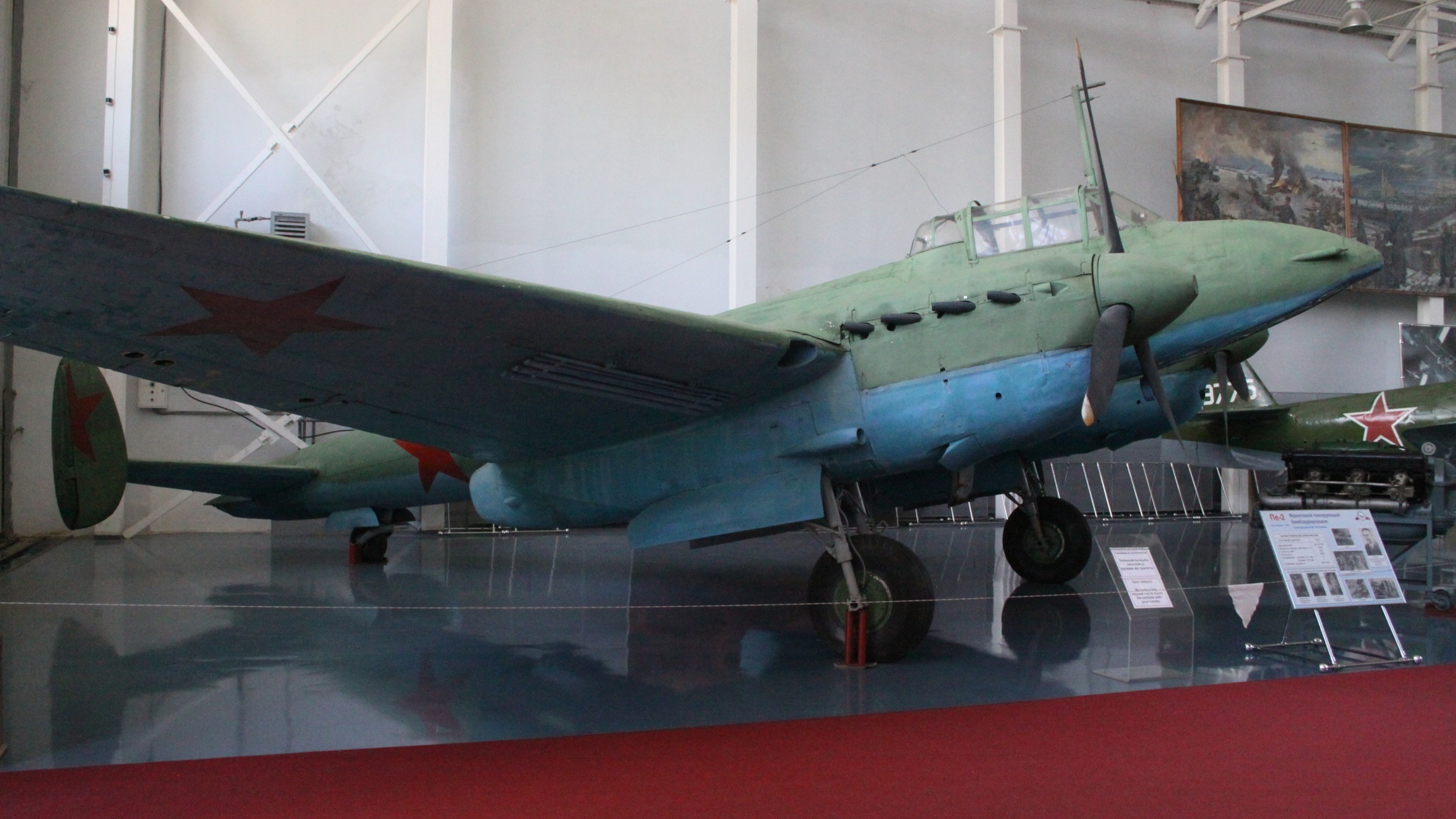
Mein Vater wurde während des 2.Weltkrieges in Avranches gefangen genommen.
da ich der englischen Sprache nicht mächtig bin, wäre ich froh diesen gesamten Text in Deutsch lesen zu können.